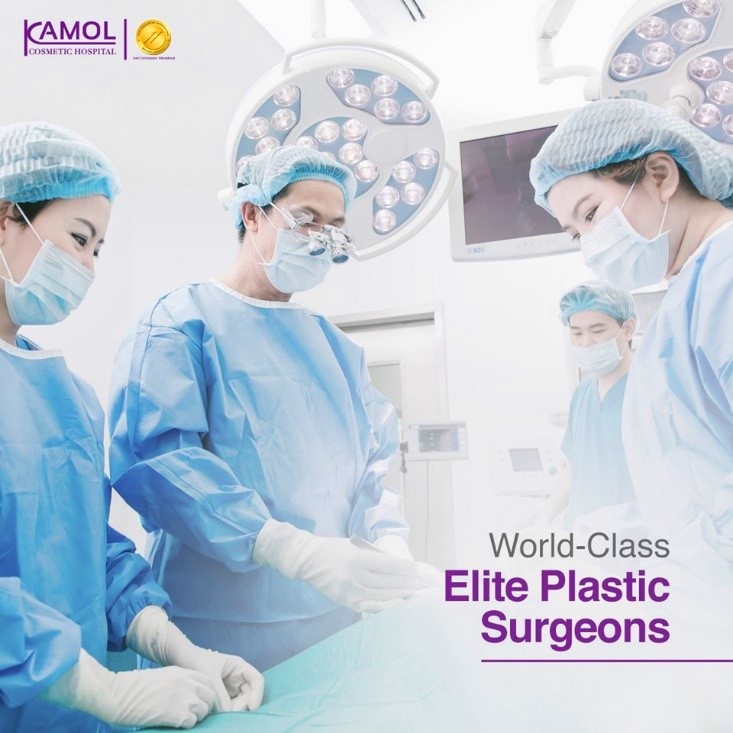Melasma, freckles and age spots are caused by overactive pigment cells. These cells produce melanin, a substance that darkens the skin. Freckles are tiny, brown spots that usually appear on sun-exposed areas early in life and fade over time. Age spots are usually seen later in life and tend not to fade. Melasma occurs most frequently in women of reproductive age. It is common in women with darker complexions who live in areas of intense ultraviolet (UV) radiation exposure.
All these skin discolorations can cause considerable cosmetic disfigurement and psychologic distress. Studies also have shown that they have negative effects on emotional wellbeing, social life and leisure activities.
What causes melasma?
The pathogenesis of melasma is poorly understood. Contributing factors include darker skin prototype, ultraviolet (UV) radiation, hormonal factors (e.g. pregnancy, oral contraceptives), genetic predisposition, cosmetic use, thyroid dysfunction and antiepileptic medications. Melasma may be caused by the presence of more biologically active melanocytes in the affected skin.
Clinical features
Melasma can present with irregularly shaped, hyperpigmented spots less than 5 mm. The color varies from light brown to dark brown or ash/blue, depending upon the site of melanin deposition in the skin. The deeper site, such as dermal melanin, has more grey/blue hue.
The spots are often confluent and symmetrically distributed. They are typically seen on sun-exposing skin areas of the face. Melasma due to pregnancy usually regresses within a year after delivery.
Treatments
Treatments include skin-lightening agents, chemical peels and laser and light-based therapy. Continued application of topical skin-lightening agents for up to six months may be required before a reduction in pigmentation occurs.
Therapy for melasma must be combined with sun protection measures, which include sun avoidance, wearing sun-blocking clothing and hat, and sunscreens that block both ultraviolet A (UVA) and ultraviolet B (UVB) with sun protection factor (SPF) 30 or higher. Sunscreen should be applied before going out and reapplied every two hours while being outdoors.
First line therapies for melasma are skin-lightening agents and topical retinoids. Topical skin-lightening agents are the mainstay of treatment of melasma. Skin-lightening agents commonly used in the treatment of melasma include Hydroquinone, Azelaic acid, Mequinol, and Kojic acid. Tretinoin stimulates turnover of skin cells, decreases melanin transfer and allows greater penetration of other active ingredients. Topical retinoids should not be started or continued during pregnancy because they are known teratogens and may cause congenital malformations.
New skin-lightening agents have potent ingredients from natural plants from France, Spain, Africa and Canada, and Swiss Alps. They inhibit the activity of tyrosinase and are found to help melasma regressing in fourteen to sixty days. They claim to reduce some side effects which can be seen in older skin-lightening agents.
Laser and light sources based therapy
Lasers and light-based therapies for the treatment of melasma can be used in refractory cases.
Helios II: What is it and how does it work?
Helios II is a laser emitting device from Korean LASEROPTIK, which emits fractional Q-switched Nd:YAG of 1064-nm and 532-nm wavelengths. Helios II’s targeted chromophore is melanin and can be used with pigmented skin lesions. The 532 nm frequency doubled Nd:YAG laser mode is suitable for red, yellow and orange tattoos and can remove more epidermal lesions, such as freckles and sun spots. The 1064 nm Nd:YAG laser is suitable for black and blue tattoos and can treat deeper lesions, such as melasma on dermal layer of skin.
HELIOS II comes with Fractional Handpiece and Diffraction Optical Element (DOE) which claims to minimize pain and side effects, such as post-inflammatory hyperpigmentation, scarring, etc. The Fractional Handpiece divides one laser beam into 81 small beams, leaving the surrounding skin intact, reducing the heat applied to the skin and minimizing downtime. The Diffraction Optical Element (DOE) allows HELIOS II deliver an even and uniform laser beam.
HELIOS II also has a ‘Soft Peeling’ effect. It applies a light coating of carbon over the skin, then essentially removes the carbon through a burst of light from the laser. Dead skin cells, makeup residue, clogged pores, oil sebum and blackheads are removed along with it. The benefits of ‘Soft Peeling’ include reduced pore size, even skin tone, reduction in sebum production, reduction of fine lines and wrinkles from collagen stimulation, and give a healthy glowing skin with zero downtime.
Indications of HELIOS II
- Melasma
- Freckles
- Tattoos
- Nevus of Ota
- Becker’s nevus
- Lentigo
- Uneven skin tone
- Café au Lait spots
- Age spots
- Skin rejuvenation
Treatment sessions
Often, eight of more treatment sessions are required to achieve maximum improvement, but with HELIOS II’s technology, three or five treatment sessions may be required in deeper skin lesions. Additional treatment sessions are usually separated by four to six weeks. Subsequent treatments may need higher laser energy settings to remove residual pigments.
Post-treatment care
The preferred post-treatment care of the laser site consists of daily application of a bland, occlusive ointment such as petrolatum to maintain wound moisture. Moisture promotes wound healing and application should continue until the site is fully healed. Crusting and scabbing are normal and typically persist for one to two weeks. Cool pack may be helpful for minimizing discomfort after treatment. Sunscreen and sun-protecting clothing should be used to minimize risk of post-inflammatory hyperpigmentation. Strict sun protection should be continued for at least several weeks after treatment.
Safety of HELIOS II
HELIOS II is approved by Thai FDA, US FDA, European Economic Area’s Conformité Européenne (CE marking of EEA), and Korean FDA.




